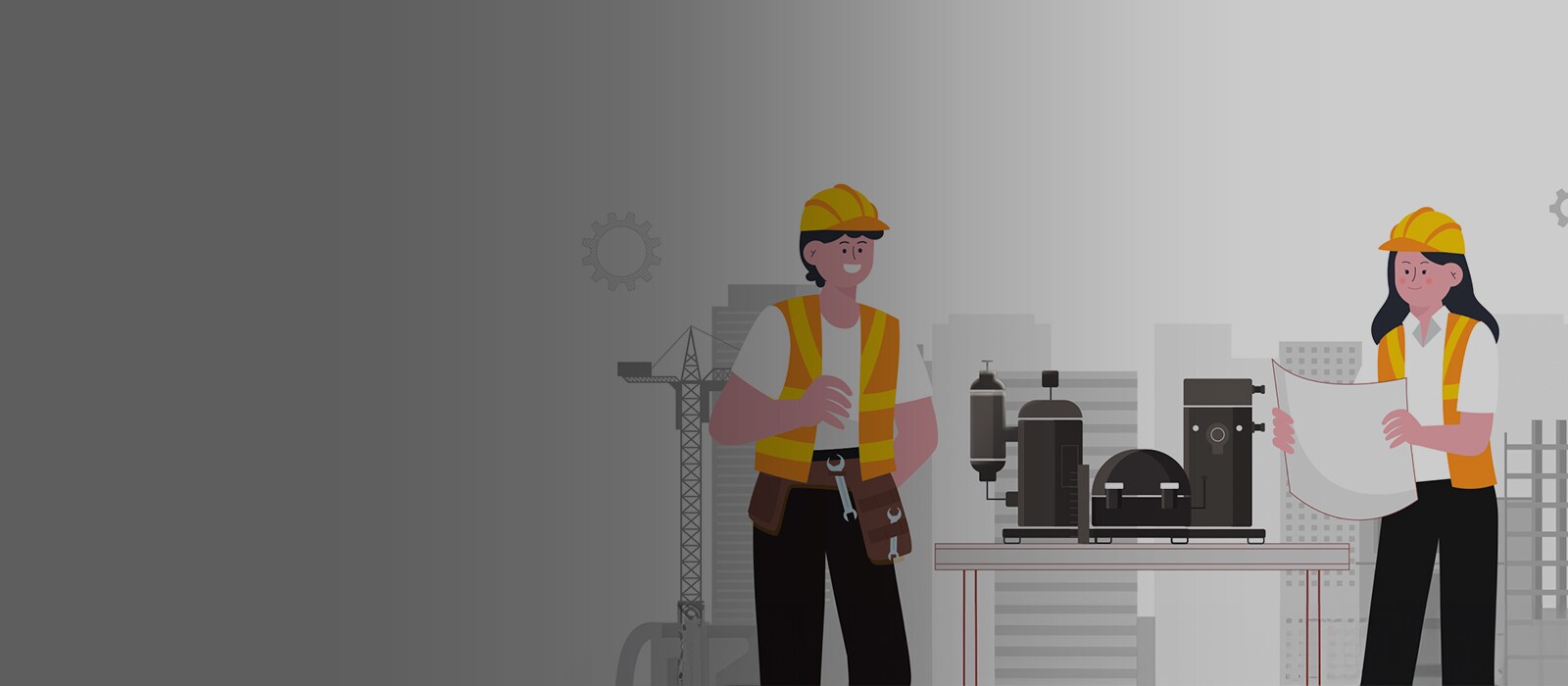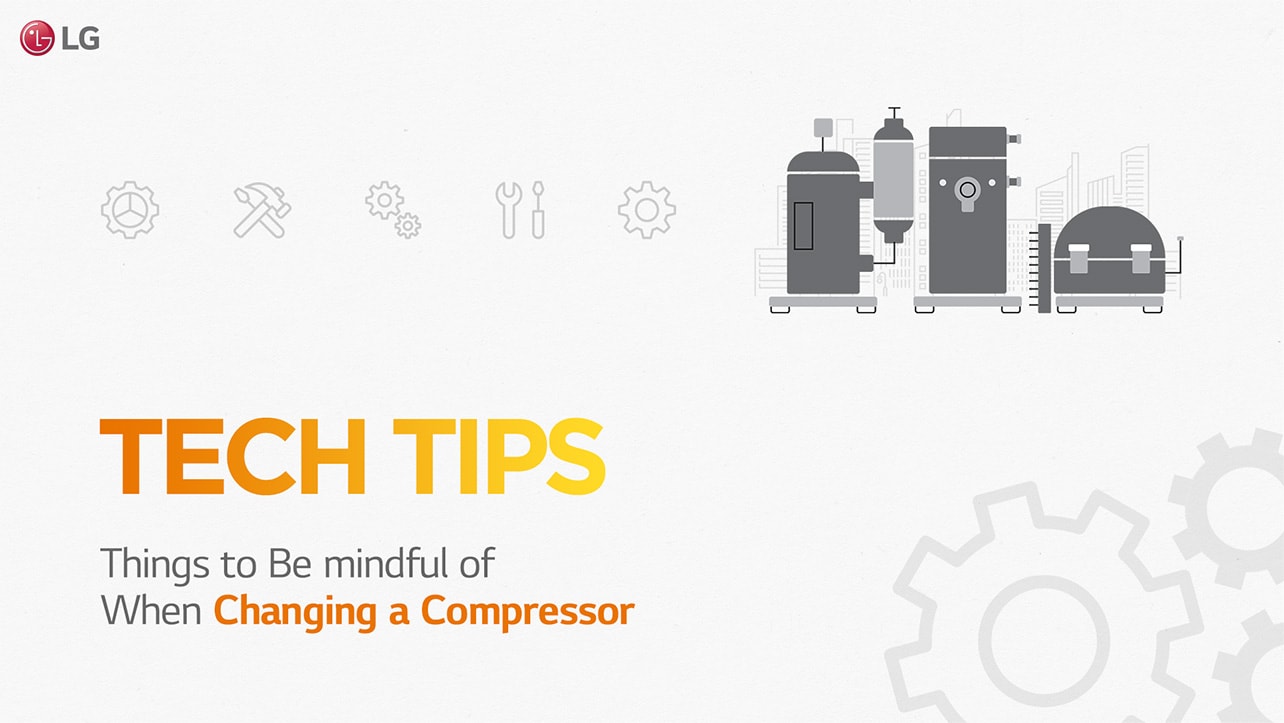
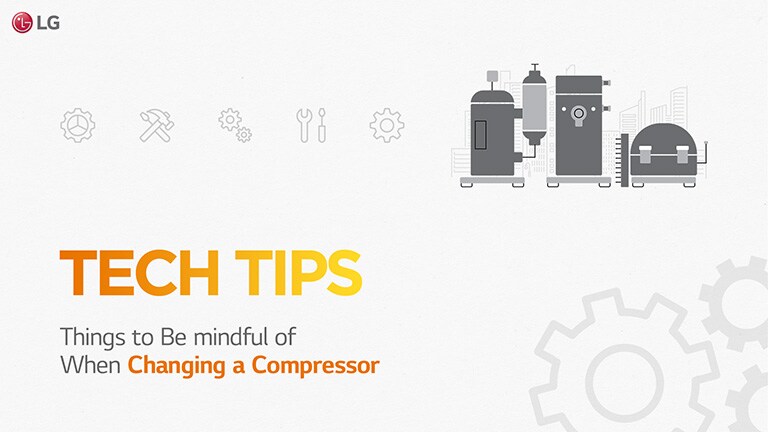
-
Tech Tips: Things to Be Mindful of When Changing a Compressor
Let’s find out what to be mindful of when changing a compressor at the field of in the testing facilities.
Point 1. Pump Down.
Point 2. Turn Off the Power.
Point 3. Recovery of the Refrigerant.
Point 4. Uninstall the Outdoor Unit and Change the Compressor.
-
Point 1. Pump Down


-
'During the cooling mode, the refrigerant and oil remaining in the indoor unit are collected and sent via the pump down process to the outdoor unit.
-
Point 2. Turn Off the Power
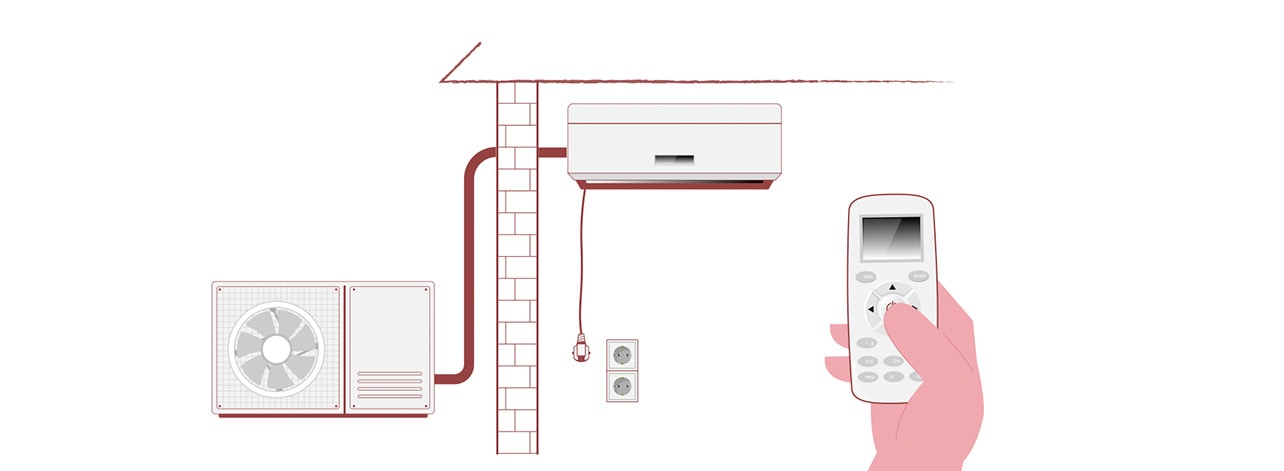
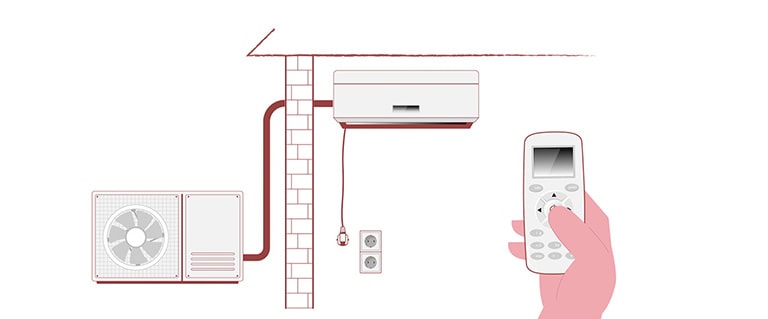
-
When disconnecting the outdoor unit, turn off the power to prevent electric shock. Make sure that the systems are completely off and double check by using the remote control.
-
Point 3. Recovery of the Refrigerant
Recovery of all the Refrigerant before removing the compressor is an important process. If the refrigerant is not completely removed, when replacing the compressor, oil and refrigerant can react to the welding fire, which in turn could cause a small fire or create toxic gases.
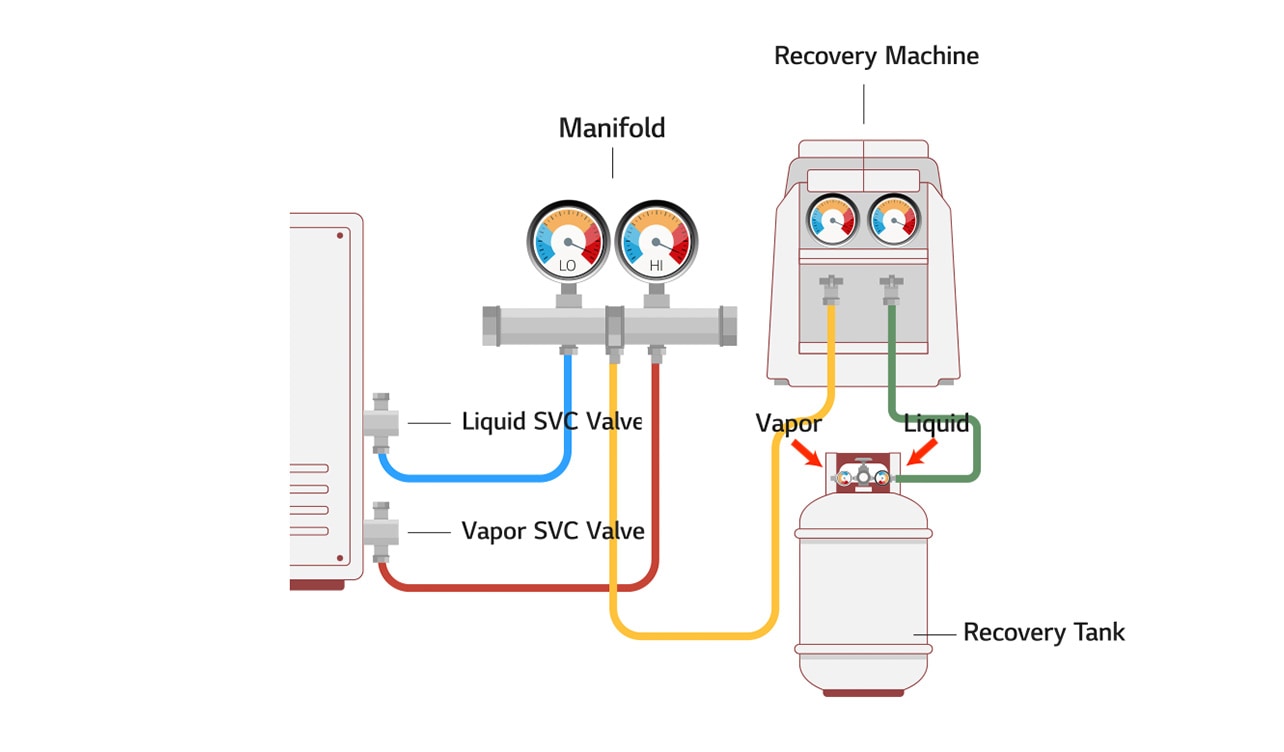

-
After connecting the manifold, remove the air that’s in the hose with the purge. Open the liquid valve of the recovery tank and recover the refrigerant according to the recovery machine instructions.
*Before collecting the refrigerant, check the refrigerant recovery standards for each country and make sure the container is capable of recovering all the remaining refrigerant in the system.
-
Point 4. Uninstall the Outdoor Unit and Change the Compressor
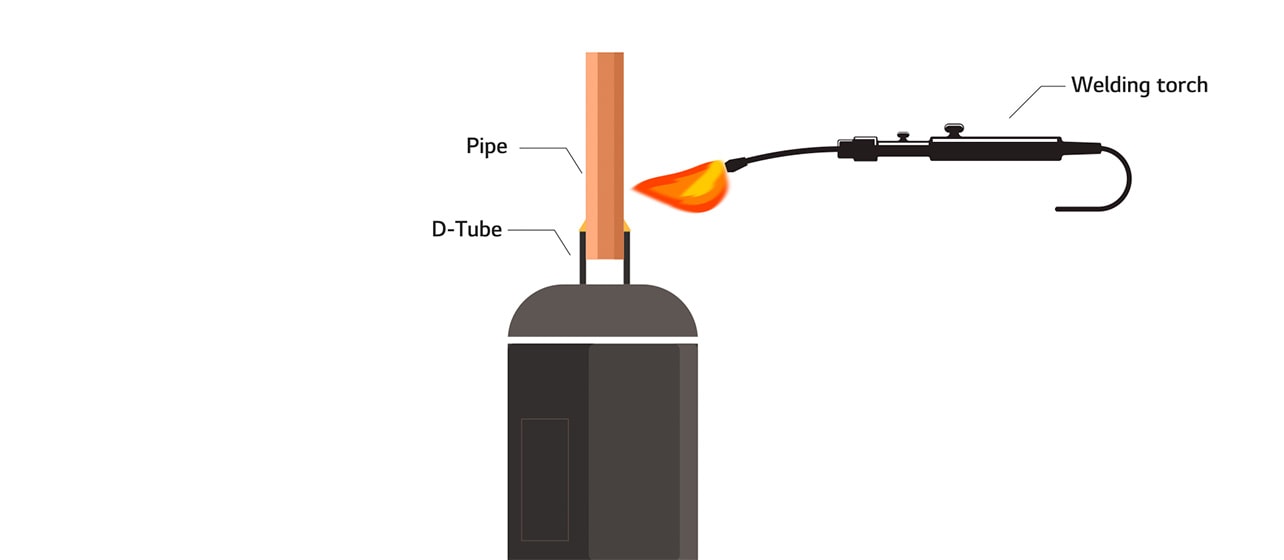
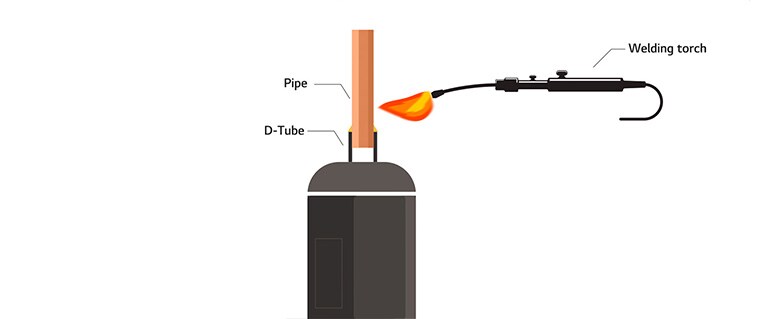
-
If throughout the welding process, excessive stress is applied to the pipe, the strength and condition of the pipe could weaken and become a problem in the future. Therefore, make sure to heat up the D-Tube of the compressor sufficiently to melt the weldment.
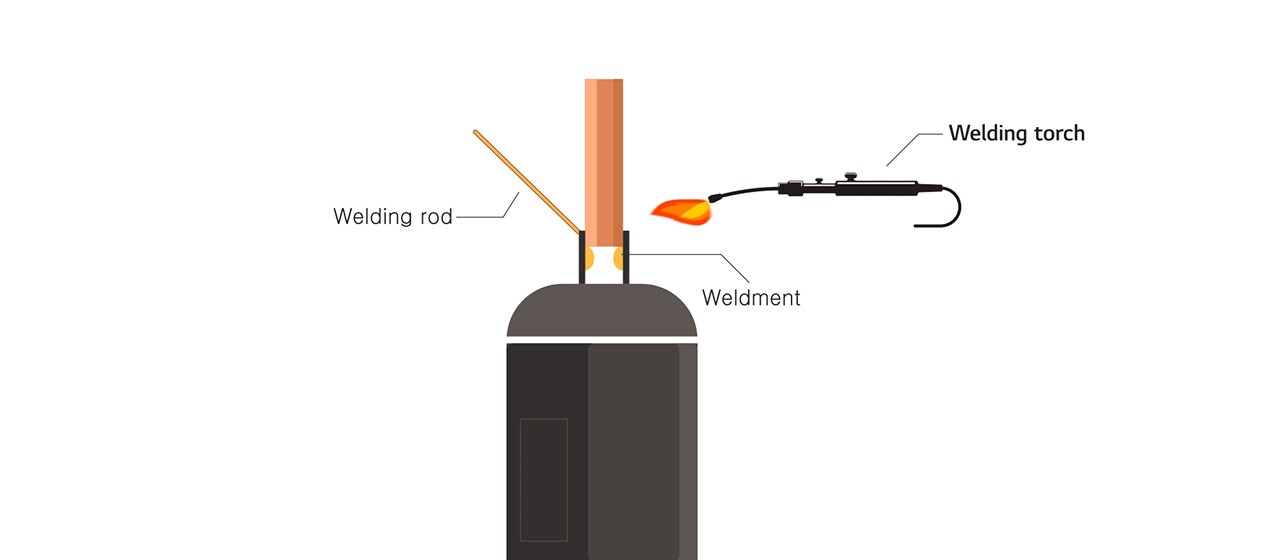
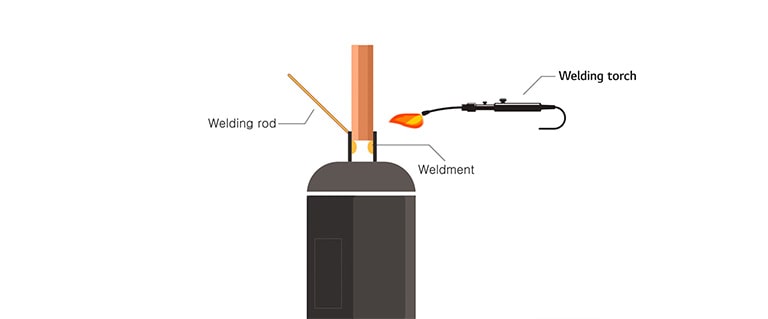
-
When welding together the new parts after replacing the compressor, make sure to check the previous weldment and its size so as to not clog the pipes.
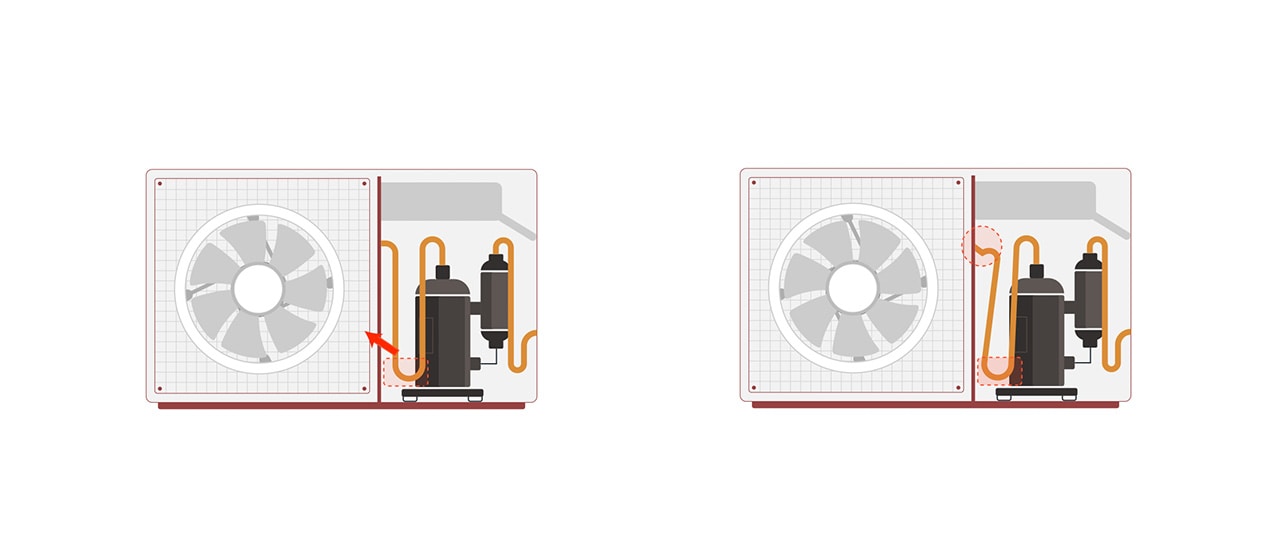
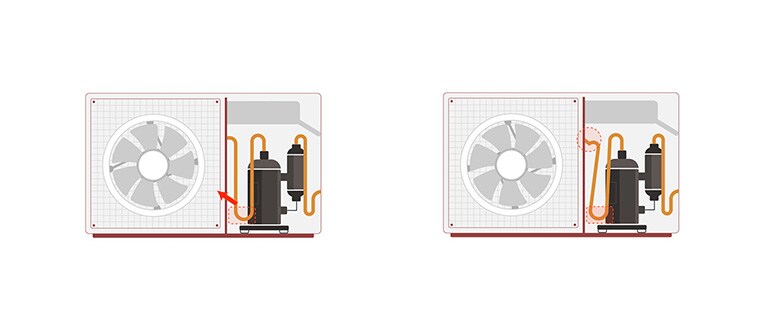
-
During the process of inserting and removing the compressor, it is dangerous to bend the pipes excessively to make space. It may cause noise problems, cycle formation or leakage problems in the product.
-
"The information contained in the article is released by LG Electronics and may not be used for
personal work. It may not be copied, reproduced, modified, decompiled, or reverse-engineered
into any other work without prior permission from LG Electronics."
-
*Products and solutions may vary according to country and operating conditions.
Please click the 'INQUIRY TO BUY' banner below to contact your local
LG office for further information on solutions and products.



